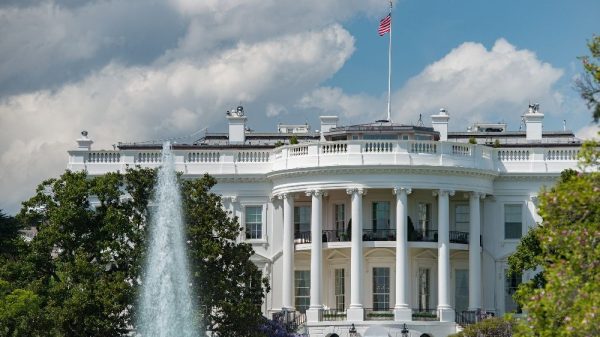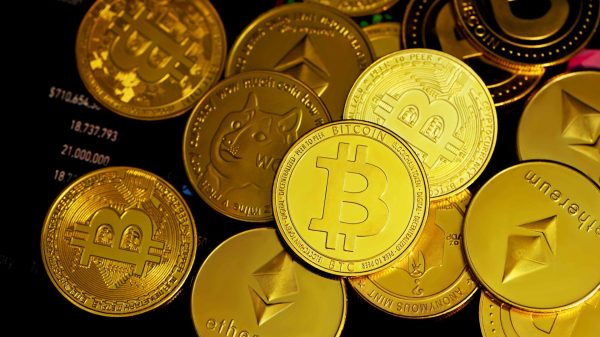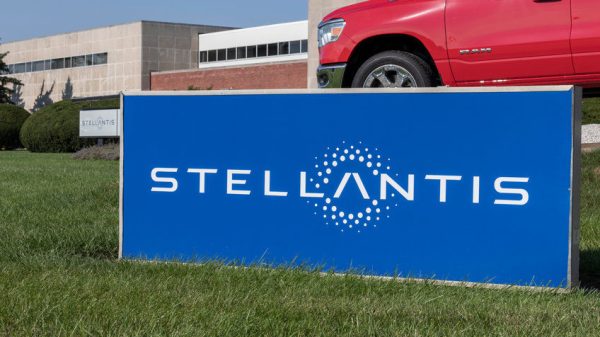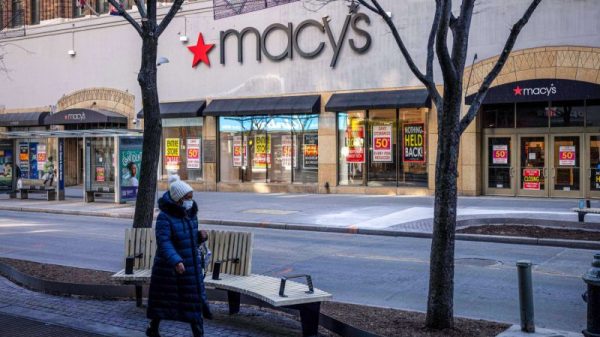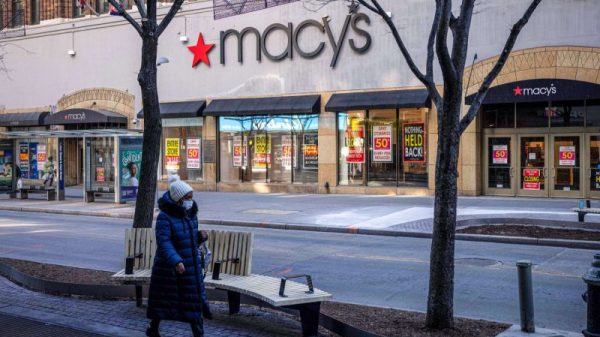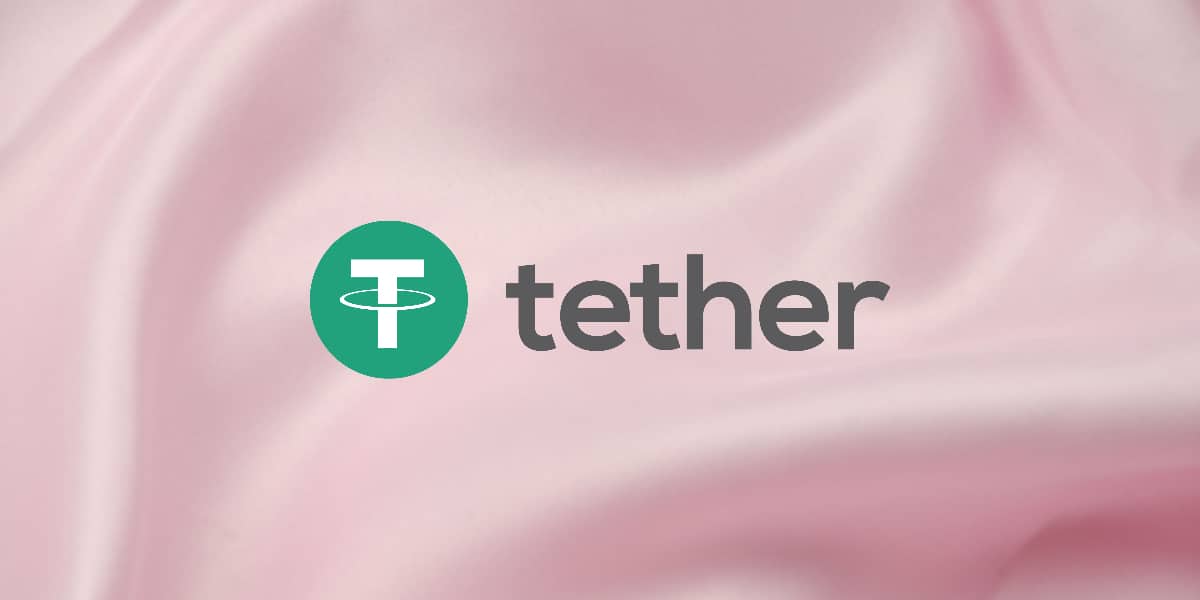Is Tether safe or not?
Is Tether safe or not? Tether (USDT) is a popular algorithmic stablecoin that enthusiasts from the crypto industry have used for years to leverage their cryptocurrency trades. In terms of stablecoin comparison, it’s also touted as one of the safest stablecoins.
Tether is created on various blockchains such as Algorand, EOS, Near, Polygon, and Solana. But it is primarily issued using Ethereum and Bitcoin blockchain.
As a stablecoin, Tether is pegged to the US dollar. Theoretically, its price should not be influenced by the market fluctuations that do affect the prices of other crypto assets.
Tether Is a Stablecoin
Tether is a stablecoin. So is Tether safe coin? Tether’s objective is to offer a secure digital asset that maintains a consistent valuation. This is what distinguishes USDC as a stablecoin, as its value is linked to the price of the fiat currency – the US dollar. The aim is for Tether to always maintain the same value as its benchmark.
According to Steve Bumbera, Many Worlds Token’s Chief Operating Officer, “The concept is that 1 Tether can be exchanged for $1 at all times, no matter the market circumstances.” Tether faces competition from other stablecoins such as USD Coin (USDC), Dai (DAI), and Pax Dollar (USDP). Cryptocurrency traders use Tether to provide consistent and dependable liquidity while getting in and out of other digital currency trades without encountering unpredictable losses or gains due to volatile price changes.
Tether has an 83.492B market cap and a 24-hour trading volume of 22.16 billion at the time of this writing. That makes this stablecoin the most liquid crypto on the market, beating even Ethereum and Bitcoin stalwarts such as Ethereum and Bitcoin. Also, it’s among the top three largest cryptocurrencies by market cap.
Is Tether Safe and How Is Tether Backed?
Although stablecoins are popular in the crypto trading world, Tether has faced controversies regarding its liquidity and whether its reserves are sufficient to cover the number of Usite. In 2019, Tether claimed to be backed by traditional cash and cash equivalents, as well as other assets from affiliated entities. However, the current statement on Tether’s website asserts that all Tether tokens are pegged to a traditional currency and backed 100% by Tether’s reserves. Despite this, Adam Carlton, CEO of Pink Panda crypto wallet, suggests that Tether’s transparency regarding its backing has not always been consistent or clear. There are also concerns surrounding the number of SDT tokens in circulation.
The legality of Tether is questionable due to its past, and its reserves are still unclear, believed to be mainly made up of unknown sources of commercial paper. Some experts in the crypto field agree that Tether is not fully backed in the crypto market, and controversy surrounding this issue arose over a year ago. James Putra, the vice president of product strategy at TradeStation Crypto, adds that the markets have since determined their level of comfort with this concept, and it is now evident that Tether is not backed by dollars.
How does Tether work?
Most traditional cryptocurrencies like Ethereum, Bitcoin, and Litecoin (LTC) will see extreme fluctuations and volatility with the market, interest rates, and inflation.
Tether USD is collateralized, and this means that the quantity of tokens in circulation is ensured by reserves of greater or equivalent value, in dollars, in a bank account.
Reservations are supposed to be verified regularly by third-party authorities. However, until 2018, vagueness dominated the subject of Tether reserves. An academic study then suggested that the tokens be put into circulation, unrelated to the reserve. In 2019, after legal action, Tether revealed that only 74% of USDT tokens on the market are covered by the reserve.
Multiple audits then took place for 3 years until, in 2021, Tether finally decided to reveal the complete composition of its reserves.
This question of reserves is very important because it guarantees the correlation of USDT and the dollar and thus assures the user of the stability of his assets. For each token put into circulation, it is, therefore, essential that the project is in possession of an equivalent of the same value or higher.
This functioning and stablecoin collateral makes it possible to protect against possible manipulation, as is possible with algorithmic type stablecoins, of which the UST was a victim, for example.
The negative point is based on the centralization of the process, which leaves the future of this token and, therefore, of the investment of users in the hands of a single entity.
What is USDT used for?
Historically, the cryptocurrency market has experienced periods of very high volatility, with sometimes variations in the value of 10 to 20% that can reach more than 80% over short periods.
USDT helps protect against this phenomenon by offering investors the ability to easily and quickly exchange their assets for a stable cryptocurrency, the price of which does not vary.
The volatility of the crypto-asset market is one of the biggest flaws against it, which generates a lot of uncertainty among investors hesitant to take the plunge. The Tether solution, therefore, makes it possible to create a gateway between fiduciary currencies deemed safe and cryptocurrencies.
Moreover, USDT does not only serve as a reserve in case of doubt. It can also be used as a savings asset to generate returns. Indeed, a large number of platforms now offer users to keep their assets in exchange for very attractive interest, which can reach up to 12% per year.
This solution is, therefore, less risky than the rest of the cryptocurrency proposal while obtaining returns far superior to the traditional financial market.
Like many cryptocurrencies, it is possible to use USDT as a means of payment with certain service providers such as Shopify or through a bank card such as that offered by Nexo or Binance.
Attacks on the Tether network – finds and investigations.
As we quickly saw previously, Tether encountered many obstacles on its way, sometimes questioning the merits of the project.
Let’s see together, more closely, chronologically, the different attacks that the model has suffered:
The Bitfinex affair:
This case began in 2015 when the Bitfinex platform was the first to agree to support USDT as a trading asset. The interest of users for this asset then increases and allows the project to gain popularity.
Two years later, in 2017, the “Paradise Papers” revealed that, in reality, the leaders of Bitfinex are the founders of the Tether holding company, which constitutes a conflict of interest.
That same year, the Wells Fargo bank blocked transfers from Tether, which then attempted to repatriate funds.
Its bank accounts were blocked, and Tether and Bitfinex decided to sue the American bank. A complaint is withdrawn after only one week.
The doubt about its reserves:
In 2018, an academic study suggested that the reserves of USDT are not sufficient and that the issuance of the token on the market is done independently of verification of its collateralization. At this time, no information is given by the company about the quantity and quality of the reserves.
The debts issues
Following a dispute with the company Crypto Capital, a lender based in Panama, the company Bitfinex finds itself extorted from more than 850 million dollars.
In order to quickly compensate for this loss, the company decides to draw directly from the USDT reserves.
In April 2019, the Attorney General of New York began a lawsuit against Bitfinex and Tether, accusing them of having used several hundred million dollars of USDT reserves in order to alleviate their debts.
The trial ended amicably in 2021, and Bitfinex then agreed to pay a fine of $18.5 million.
Important information revealed during the trial confirms the doubts about the reserves since Tether admits to covering only 74% of the USDT in circulation via its reserves.
USDT price history
USDT is, therefore, a stable asset, backed by the price of the dollar, and must maintain itself without significant variation.
Its most important decorrelation upwards dates from December 2017, the token reached the value of $1.0779 for a few minutes.
Its most important downward decorrelation dates from April 2017. At that time, 1 USDT reached the value of $0.9136 for a moment (following the announcement of its blocked accounts).
Thus, despite some variations, the token has been able to remain stable since its creation, i.e., more than 7 years, presenting itself as a real shelter against the volatility of the cryptocurrency market.
Final Verdict – Is Tether safe
So can USDT maintain its peg, and is Tether a safe investment? Should it be your bet for long term investment? It is important to note that stablecoins, including Tether, are not without risks. One concern that has been raised regarding Tether is its lack of stablecoin transparency and auditing. Tether Limited, the company behind Tether, has faced criticism for not providing regular audits to prove that the number of Tether tokens in circulation is fully backed by US dollar reserves.
Additionally, Tether has faced regulatory scrutiny and legal challenges in the past. In 2019, the New York Attorney General accused Tether Limited of covering up a loss of $850 million and misrepresenting the backing of Tether with actual reserves. Tether Limited reached a settlement with the New York Attorney General’s office, agreeing to pay an $18.5 million fine and to submit to regular reporting of its reserves.
Tether has maintained its position as one of the most widely used stablecoins despite these controversies and uncertainties. However, as with any investment or financial instrument, it’s essential to do your own research and consider the potential risks before making any decisions. Keeping up with the latest developments and seeking advice from financial professionals can also be beneficial in making informed choices.
The post Is tether safe or not? appeared first on FinanceBrokerage.



